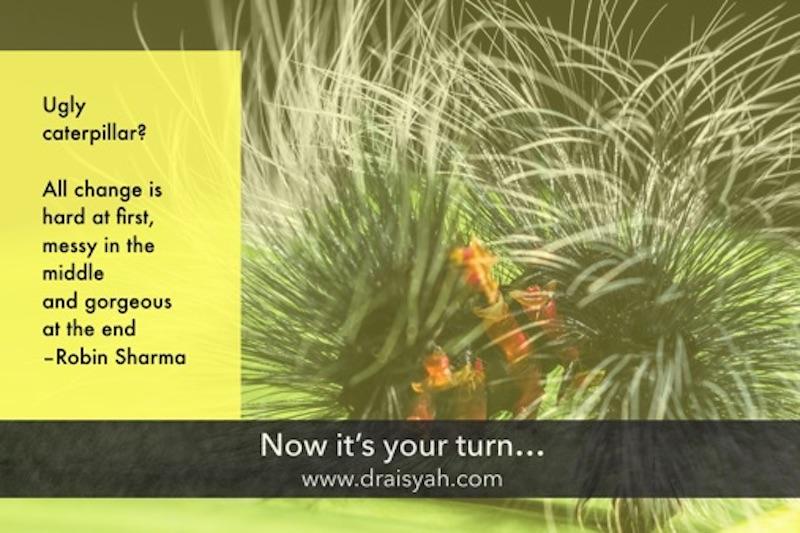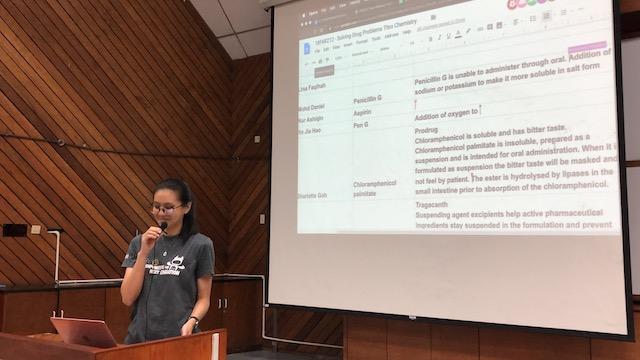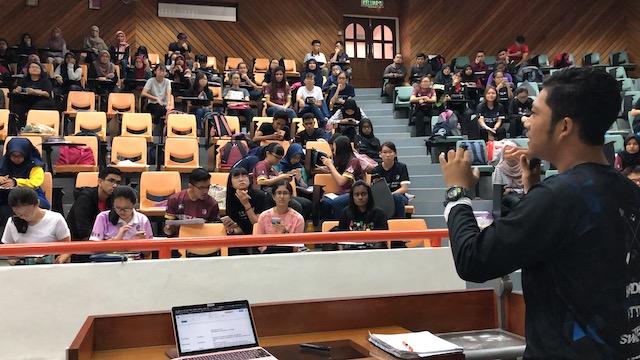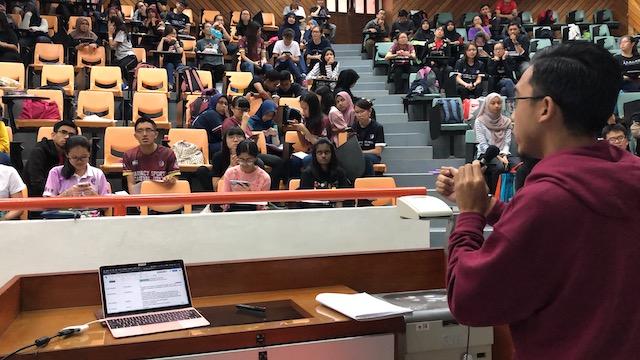Thanks to technology, it is relatively facile to flip the ‘power’ back to my students. To empower them with their own learning. In the class.
Giving a lecture may work in some instances. However, students tend to play a passive role in the learning process.
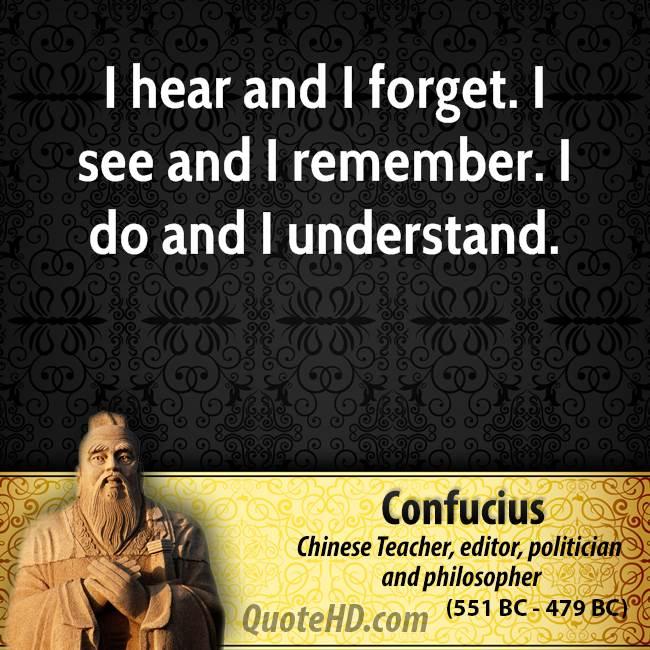
A passive recipient of information hardly lead to a competent and knowledgeable pharmacist. Learning by doing is perhaps the best way to learn.*
So today, I started my ‘lecture’ with a short discussion on predicting drug solubility. A drug that is insoluble in our blood could led to nowhere, no matter how promising its activity against cancer cells.
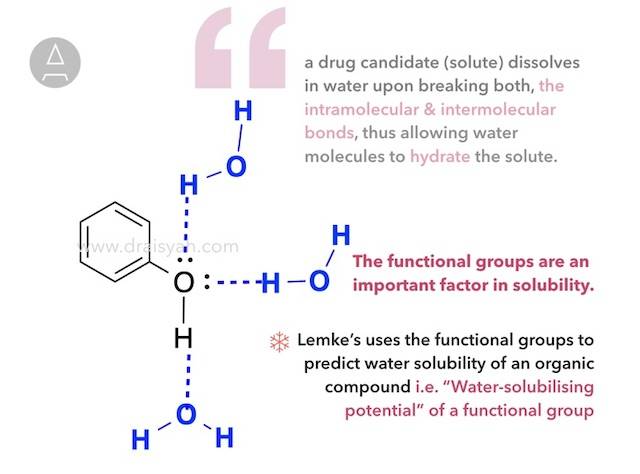
Thus, solubility of a drug in water is a critical consideration in designing it into an oral formulation, but that needs to be balanced with its lipophilicity. Often pharma companies scrutinise a drug’s physicochemical properties to determine its suitability for oral formulations.
The discussion was a continuation from yesterday’s lecture, and led by students whom I hand-picked 😎
I love going about in the lecture hall, after posing a question to my students, then look at their answers. From walking around the big lecture hall, I learn their misconceptions, then correct them on the spot. For certain common misconceptions, I would address them in the wrapping up session.
I believe in Teach-Question-Feedback (TQF) cycle as an important part of any T&L process or for workshops.
And if one can cap a lecture with a short reflective session for students… Great for them.
Some lecturers could argue that by doing so, they are unable to finish the syllabus. The ‘need’ to cover the syllabus seems to surpass other consideration in teaching and learning process. The TQF method may seem like the most inefficient way of teaching.
Yes, it takes time. And effort.
A question I always ask in my workshops with educators: Is our role to cover the syllabus or… to UNCOVER it? To reveal the beautiful workings of knowledge.
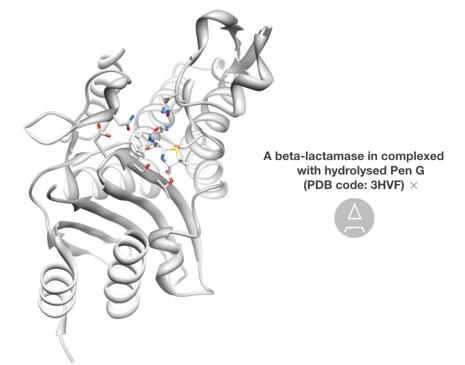
For me, my role is to reveal the inner workings of drugs, from the perspective of chemistry. How drug structures interact with protein receptors. And how changing that brings about benefits to patients.
I used to teach by 100% lecture. But then I realised, it’s not so much about teaching. It’s more about learning.
And learning is messy.
After close to 4 years of experimentations with large classrooms, I came up with my simple TQF method. Teach, ask questions, then go around giving feedback. It seems to work for me and my students. And I also get to know my students – up close compared to at a distance if I were to stand and deliver a lecture from the front of the hall.
But whether or not, my students like me going around like a headmistress is another story. Haha 😉 Let me know guys…
The beauty is that the TQF method also works for students. When the role is reversed. That is when the students become the teacher – teaching their peers and me what they know. And ask me what they realised they don’t know.
So I have digressed… Going back to how technology helps to ’empower’ my students’ learning. After the short discussion, I asked them to do a quick group work. After I briefed them about drug shortcomings, I asked my students to search for a solution. We used Google Drive for this class activity – it helps foster team work and collaborations.
At the end of ~15 minutes, individual group leaders presented. Due to time constraints, we could only do 4 presentations.
I included some video presentations by my students here. You can see how Google Drive was being used by students to enter the answers… during the group leaders’ presentations. Additionally, watch the videos if you would like to get some tips to revise for your quiz or exams.
It was a learning session, overall. Lessons had in the form of oral presentations, face-to-face team work and online collaborations. All packed in 50 minutes. Something to leave behind and look back as memories. Something that my students can refer to for many years to come.
All in all, I learn a lot from my students. You guys are awesome! 🙂
*My late dad loved citing this quote when I asked him, what’s the best way to teach… During my teenage years. Little did I know, the quote stuck with me 😎
